Decimal odds represent the amount one wins for every $1 wageredDec 03, 18 · When the Odds ratio is above 1 and below 2, the likelihood of having the event is represented as XX % higher odds (where XX % is Odds ratio 1) That means that if odds ratio is 124, the likelihood of having the outcome is 24% higher (124 – 1 = 024 ie 24%) than the comparison groupJul 11, 16 · The odds ratio is the ratio of the odds of an event in the Treatment group to the odds of an event in the control group The term 'Odds' is commonplace, but not always clear, and often used inappropriately The odds of an event is the number of events / the number of nonevents

Fqfbuhual2xvkm
Odds ratio vs risk ratio in randomized controlled trials
Odds ratio vs risk ratio in randomized controlled trials-Odds Ratios and Log(Odds Ratios) are like RSquared they describe a relationship between two things And just like RSquared, you need to determine if thisIn terms of odds ratios, we can say that for male students, the odds ratio is exp (13) = 114 for a oneunit increase in math score and the odds ratio for female students is exp (197) = 122 for a oneunit increase in math score
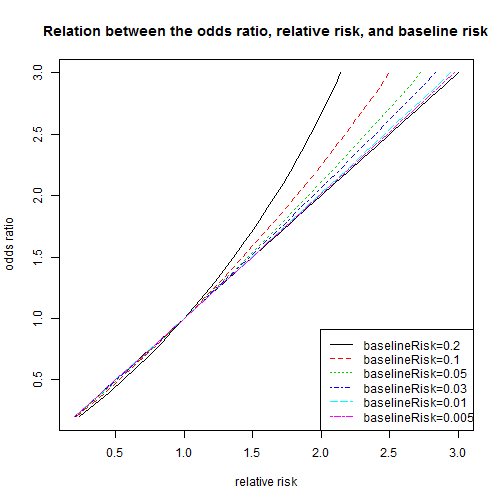


Er264uex0d3m
Odds Ratio (OR) is a measure of association between exposure and an outcome The OR represents the odds that an outcome will occur given a particular exposure, compared to the odds of the outcome occurring in the absence of that exposure Important points about Odds ratio Calculated in casecontrol studies as the incidence of outcome is not knownOdds as a ratio, odds as a number, and probability (also a number) are related by simple formulas, and similarly odds in favor and odds against, and probability of success and probability of failure have simple relations Odds range from 0 to infinity, while probabilities range from 0 to 1, and hence are often represented as a percentageThe chance of something happening;
Dec 14, 14 · A highly simplified example illustrates this Suppose that 18 out of patients (90 percent probability, odds of 91) in an experiment lost weight while using diet A, while 16 out of (80 percent, odds of 41) lost weight using diet B The relative risk of losing weight by choosing diet A over diet B is 1125, while the odds ratio is about 225Dec 30, 16 · Odds ratio (OR) and risk ratio (RR) are two commonly used measures of association reported in research studies In crosssectional studies, the odds ratio is also referred to as the prevalence odds ratio (POR) when prevalent cases are included, and, instead of the RR, the prevalence ratio (PR) is calculatedEnglishwise, they are correct it is the odds and the odds are based on a ratio calculation It is not, however, the odds ratio that is talked about when results are reported The odds ratio when results are reported refers to the ratio of two odds or, if you prefer, the ratio of two odds ratios That is, let us write o(Xb) = exp(Xb)
The odds ratio (OR) is a measure of how strongly an event is associated with exposure The odds ratio is a ratio of two sets of odds the odds of the event occurring in an exposed group versus the odds of the event occurring in a nonexposed group Odds ratios commonly are used to report casecontrol studiesDec 07, · Fractional odds are sometimes called British odds or traditional odds and are sometimes written as a fraction, such as 6/1, or expressed as a ratio, like sixtoone Decimal odds represents theThis StatQuest covers those subjects so that you can understand the stati



9awjncb0lq6qqm



Rcdzhweyzmrxym
Odds Ratio (OR) measures the association between an outcome and a treatment/exposure Or in other words, a comparison of an outcome given two different groups (exposure vs absence of exposure) OR is a comparison of two odds the odds of an outcome occurring given a treatment compared to the odds of the outcome occurring without the treatmentAs an extreme example of the difference between risk ratio and odds ratio, if action A carries a risk of a negative outcome of 999% while action B has a risk of 990% the relative risk is approximately 1 while the odds ratio between A and B is 10 (1% = 01% x 10), more than 10 times higherThe odds ratio is used when one of two possible events or outcomes are measured, and there is a supposed causative factor The odds ratio is a versatile and robust statistic For example, it can calculate the odds of an event happening given a particular treatment intervention (1)



Fqfbuhual2xvkm


Knink3nggvruym
Aug 26, · Odds ratios While risk reports the number of events of interest in relation to the total number of trials, odds report the number of events of interest in relation to the number of events not of interest Stated differently, it reports the number of events to noneventsDec 08, 18 · If an odds ratio (OR) is 1, it means there is no association between the exposure and outcome So, if the 95% confidence interval for an OR includes 1, it means the results are not statistically significant Example, exposure to colored vs white Christmas lights was associated with an increase in jocularity score, OR = 12 (95%CI )E) But what about the Odds ratio?



Nvtyhkf3ptdz6m
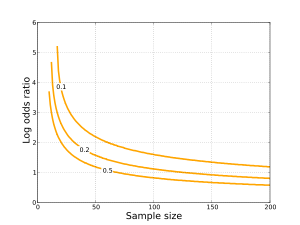


Fqfbuhual2xvkm
Feb 25, · Why are relative probability contrasts so often represented using relative odds instead of probability ratios, when risk contrasts are represented using relative risks instead of odds ratios (calculated using incidence proportions instead of probabilities)?Feb 07, 14 · Odds and odds ratios have been described in a previous question5 Odds ratios can be adjusted for confounding using a statistical method known as logistic regression6 Relative risks and odds ratios can always be calculated for studies in which it is possible to estimate the population at riskAn odds ratio of 112 means the odds of having eaten lettuce were 11 times higher among casepatients than controls Because the odds ratio is greater than 10, lettuce might be a risk factor for illness after the luncheon The magnitude of the odds ratio suggests a strong association



1gj90jtyhpualm



2uvulvimkizlfm
Feb 19, 18 · In mathematics, the term odds can be defined as the ratio of number of favourable events to the number of unfavourable events While odds for an event indicates the probability that the event will occur, whereas odds against will reflect the likelihood of nonoccurrence of the eventMay 19, · Figure2 Odds as a fraction Odds should NOT be confused with Probabilities Odds are the ratio of something happening to something not happeningIn our scenario above, the odds are 4 to 6 Whereas, Probability is the ratio of something happening to everything that could happenSo in the case of our chess example, probability is 4 to 10 (as there were 10 gamesAug 07, 14 · Like we did with the risk, we can calculate the ratio of the odds of the two groups to get the odds ratio (OR), which gives us an idea of how much more likely is the event to occur in one group than the other As you can see, they are similar but different concepts In both cases, the null value is one



Igecokyymric7m
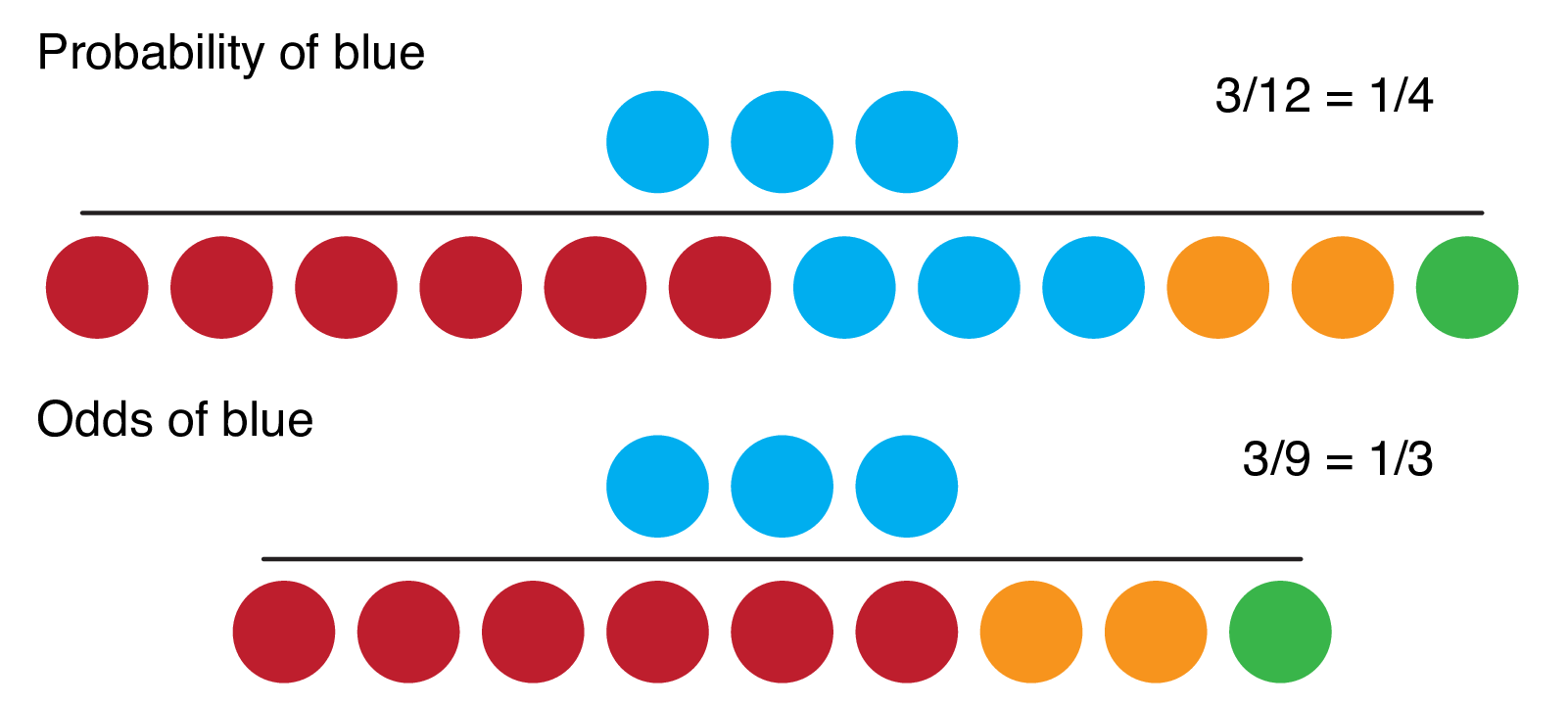


8xq Skzrd0p9im
Jul 27, · Here's why this works, roughly one out of 11 million people will die by a plane crash The odds of that occurring is 1 divided by 11 million minus the one unfortunate soul The risk is 1 divided by the full 11 million Either provide you a similar number with which you can formulate riskMay 18, 12 · Odds ratio An odds ratio (OR) is another measure of association that quantifies the relationship between an exposure with two categories and health outcome Referring to the four cells in Table 315, the odds ratio is calculated as Odds ratio = (The odds aren't as odd as you might think, and the log of the odds is even simpler!



Ociu0w63q3gqpm



Cl2g1hb 2hdbym
Jul 01, 17 · Odds ratio in this example is found to be hight () (PExactly The odds ratio of picking blue in B relative to A is 6 Yet we understand intuitively (and from the RR) that you are only 3 times as likely to pick blue in this situation, not 6 times as likelyOdds is a synonym of likelihood As nouns the difference between odds and likelihood is that odds is the ratio of the probabilities of an event happening to that of it not happening while likelihood is the probability of a specified outcome;
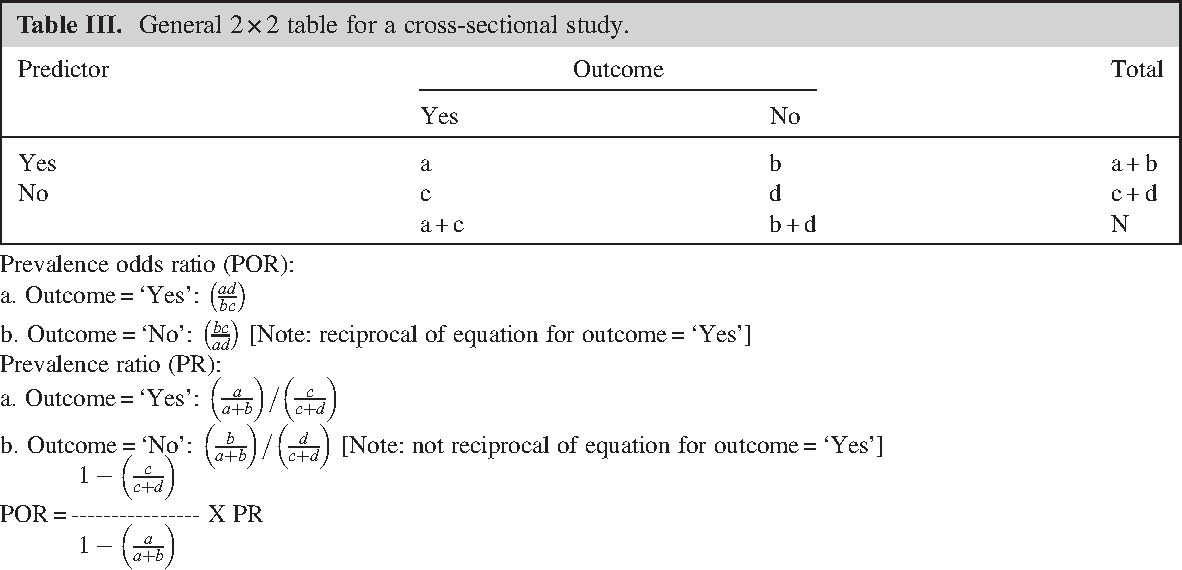


Jvc2t8mnz5u Jm



6yg6awrcfq0ocm
Oct 24, · Odds can be expressed as a ratio of the probability an event will happen divided by the probability an event won't happen Odds in favor of A = A / (1 A), usually simplified to lowest terms, For instance, if the probability of an event occurring is 075, then the odds for it happening are 075/025 = 3/1 = 3 to 1 for, while the probability that it doesn't occur is 1 to 3 againstOct , 18 · Summary Our theoretical Odds Ratio is 0319 with a CI(0, 041), which is close to the true Odds ratio, 03This indicates if the undergraduate students are from the school in prestige 3 or 4, the chances of them getting in graduate school is 38% that of the students from prestige 1 or 2 undergraduate schoolsJun 01, 12 · Odds ratios work the same An odds ratio of 108 will give you an 8% increase in the odds at any value of X Likewise, the difference in the probability (or the odds) depends on the value of X So if you do decide to report the increase in probability at different values of X, you'll have to do it at low, medium, and high values of X


F3mlt0z Ua7i5m



Bj0ohaacukvf1m
Odds ratios (OR) are commonly reported in the medical literature as the measure of association between exposure and outcome However, it is relative risk that people more intuitively understand as a measure of association Relative risk can be directly determined in a cohort study by calculating a risk ratio (RR)Sep 02, · The risk or odds ratio is the risk or odds in the exposed group divided by the risk or odds in the control group A risk or odds ratio = 1 indicates no difference between the groups A risk or odds ratio > 1 indicates a heightened probability of the outcome in the treatment group The two metrics track each other, but are not equalApr 27, 21 · The term (Intercept) is an odds for the response Yi when Di=0 and Xi=0Depending the encoding, the other term(s) will represent odds ratios for the response for the specific (nonzero) levels of Di compared to 0 If Xi is continuous, the odds ratio is a ratio fo odds for groups differing by 1 unit in Xi



13oriuil9sjpmm



8fksal 47olsam
Dec 14, 15 · But the odds ratio makes no sense (to nonstatisticians) The odd ratio of picking blue in A relative to B is 016 What!?"Odds" and "Risk" are the most common terms which are used as measures of association between variables In this article, which is the fourth in the series of common pitfalls in statistical analysis, we explain the meaning of risk and odds and the difference between the twoFractional odds are the ratio of the amount (profit) won to the stake;



Zxlvwyybklw9fm
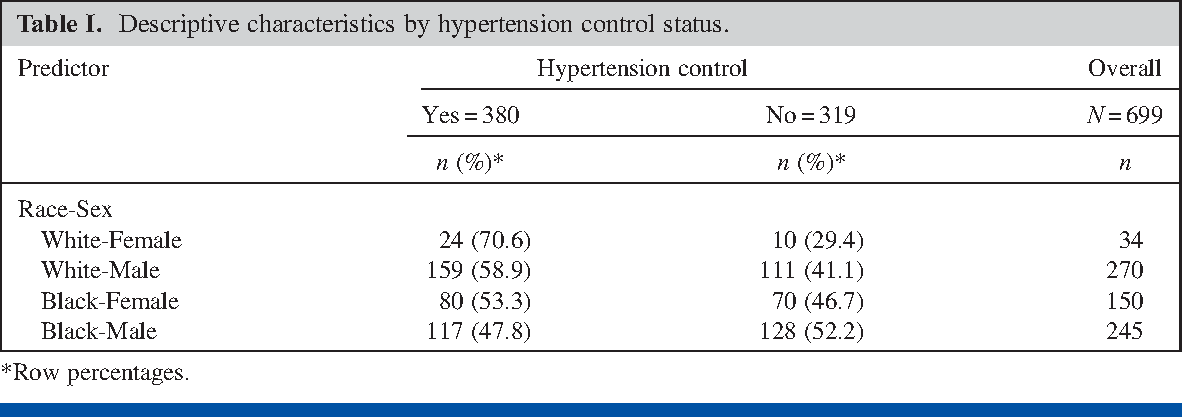


Jvc2t8mnz5u Jm
Mar 02, · The odds ratio for picking a red ball compared to a green ball is calculated as Odds (red) / Odds (green) = 4 / 025 = 16 Thus, the odds of picking a red ball are 16 times larger than the odds of picking a green ball When Are Odds Ratios Used in the Real World?Mar 16, 21 · In statistics, an odds ratio tells us the ratio of the odds of an event occurring in a treatment group to the odds of an event occurring in a control group Odds ratios appear most often in logistic regression, which is a method we use to fit a regression model that has one or more predictor variables and a binary response variableThe Odds ratio is 14 x 9,999 Odds ratio = = 14 1 x 9,986 (this is a shortcut formula, only usable in 2x2 tables = n11×n22 n12×n21 where n11 is the upper left, n12 the upper right, etc) almost the same (it is the same if you round it like here) But now a little mathematical fact



Enm Uciiut5xpm
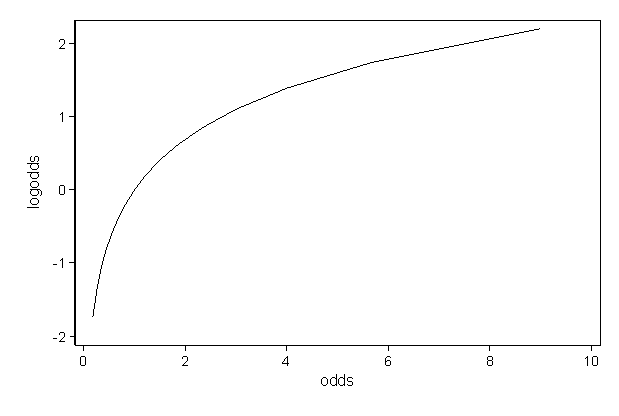


Lp8qcvivwy8svm



Jopwmzihowxyfm
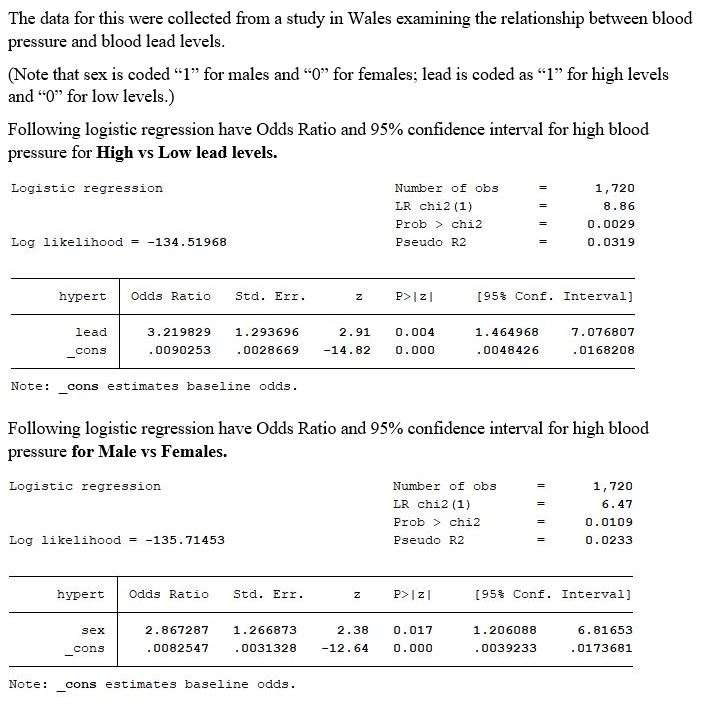


Q5uovbl C3a2km
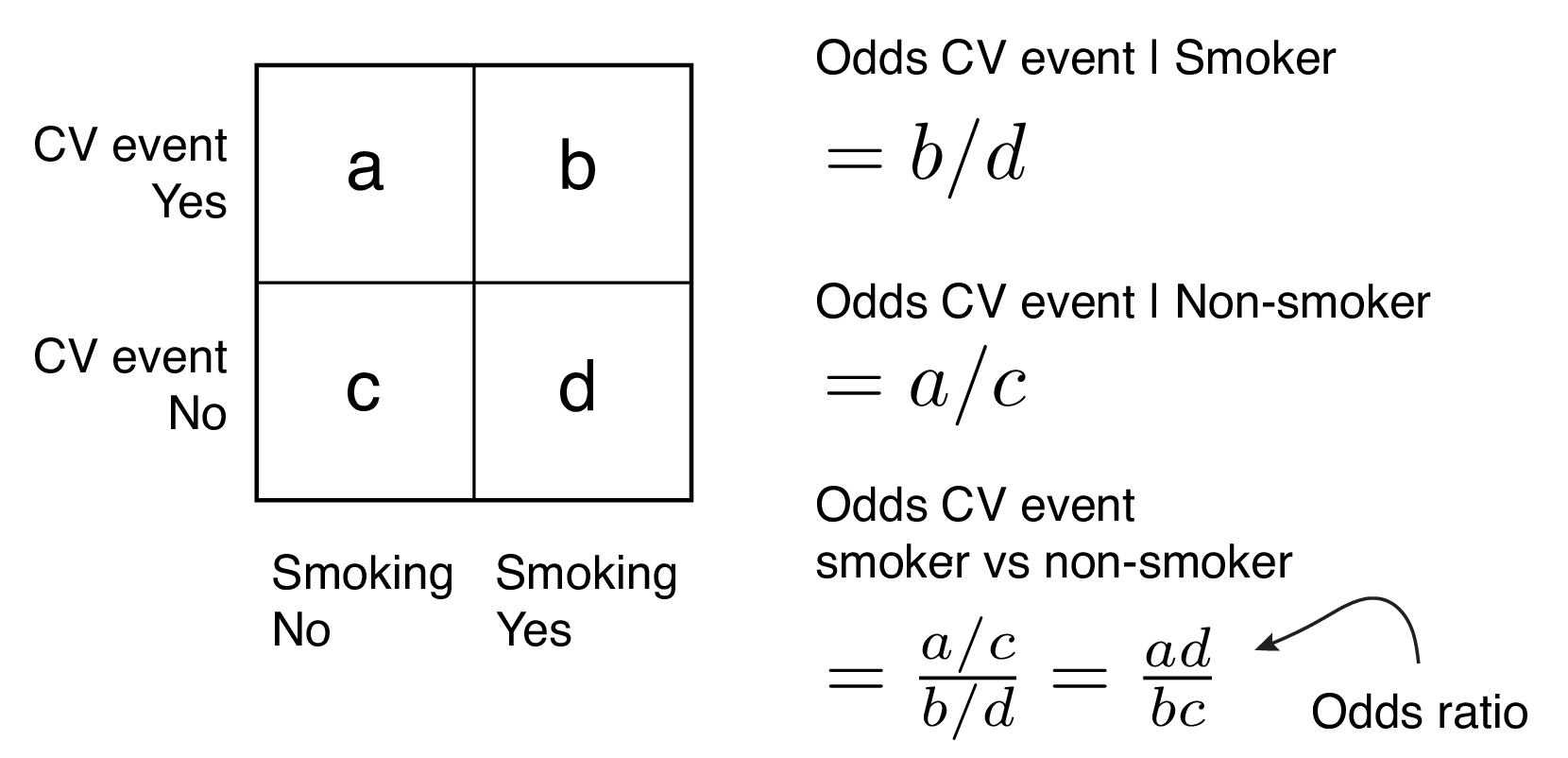


8xq Skzrd0p9im


V99pyvhxrnhjvm
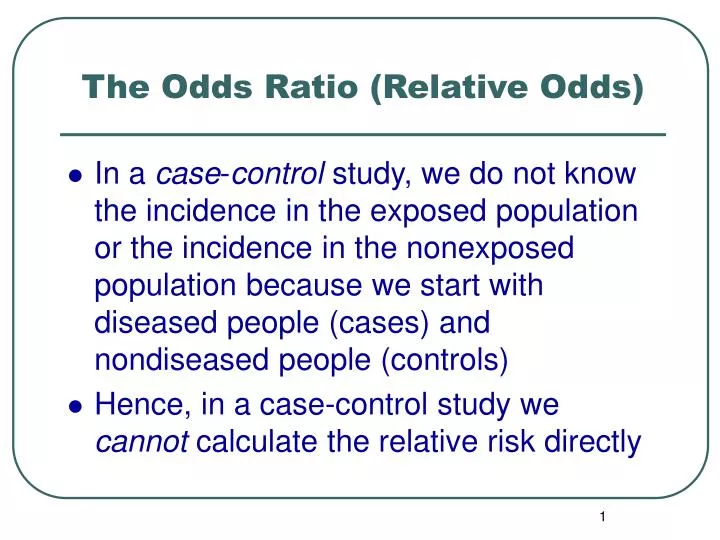


97mllmxdtaqe1m



Wh8ccqqtdzqo1m



Bnxpup0v L Hvm



Hxramwp7jsdrgm


Subxrgipbdjcsm
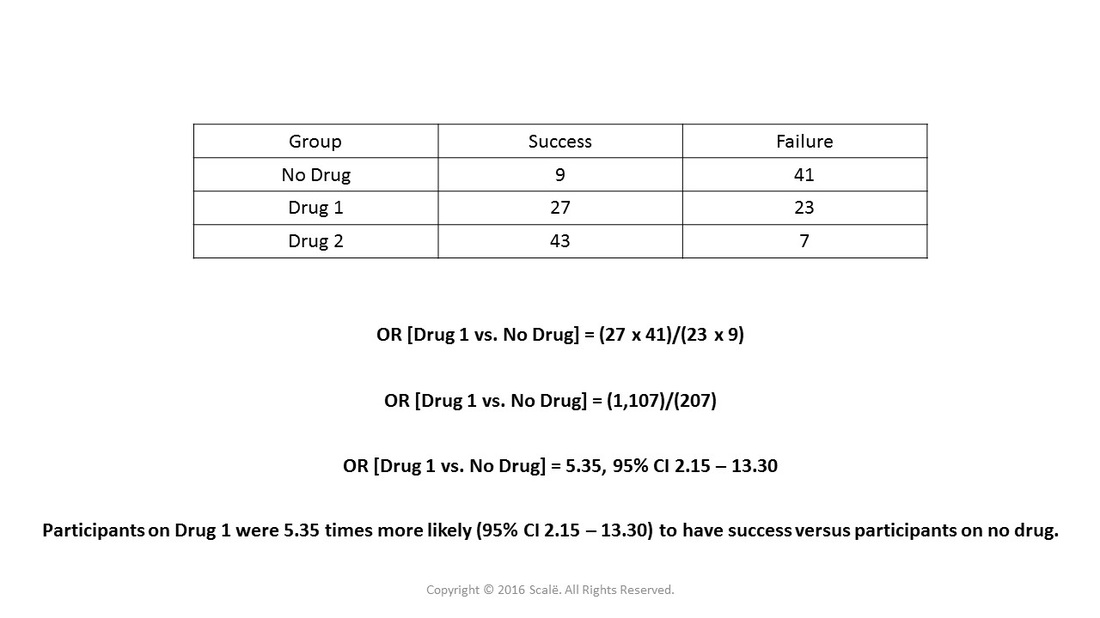


9dkwx57zd 2tum



Ogf Usmyxrao3m
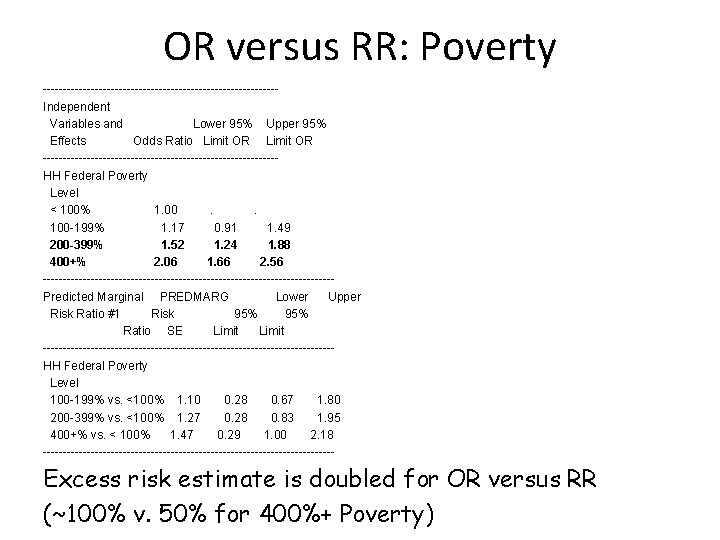


Enm Uciiut5xpm
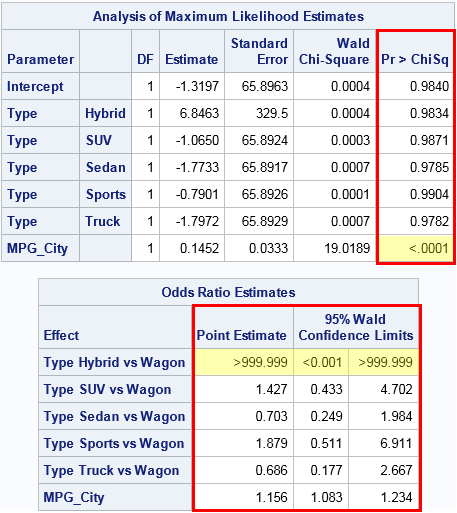


Smr3zaevahy5km



Jovzhhpcjkxjhm
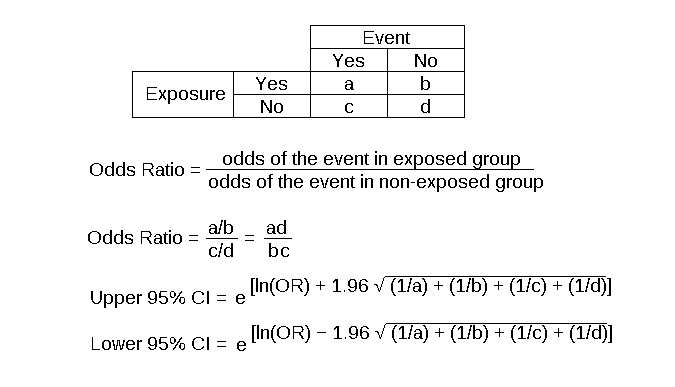


Wctmua Uok0b4m
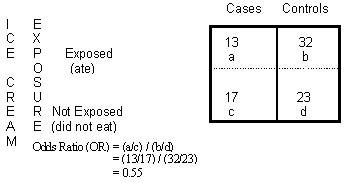


4hrjuqpeaabrwm



O 2 Cg3mxykuam



Upod1uvhh0wsrm
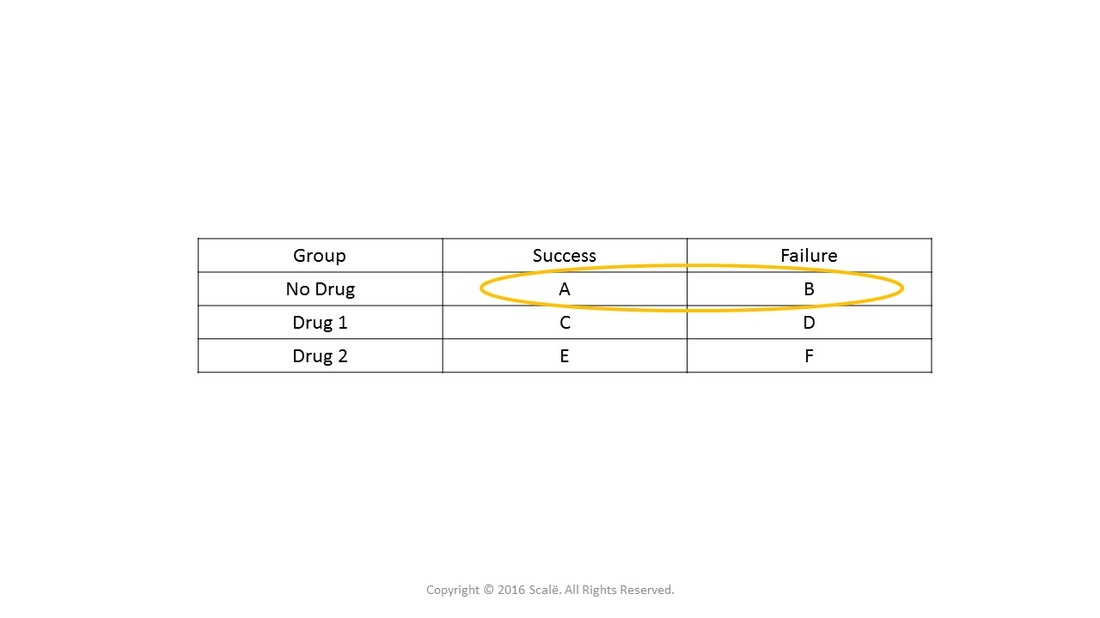


9dkwx57zd 2tum
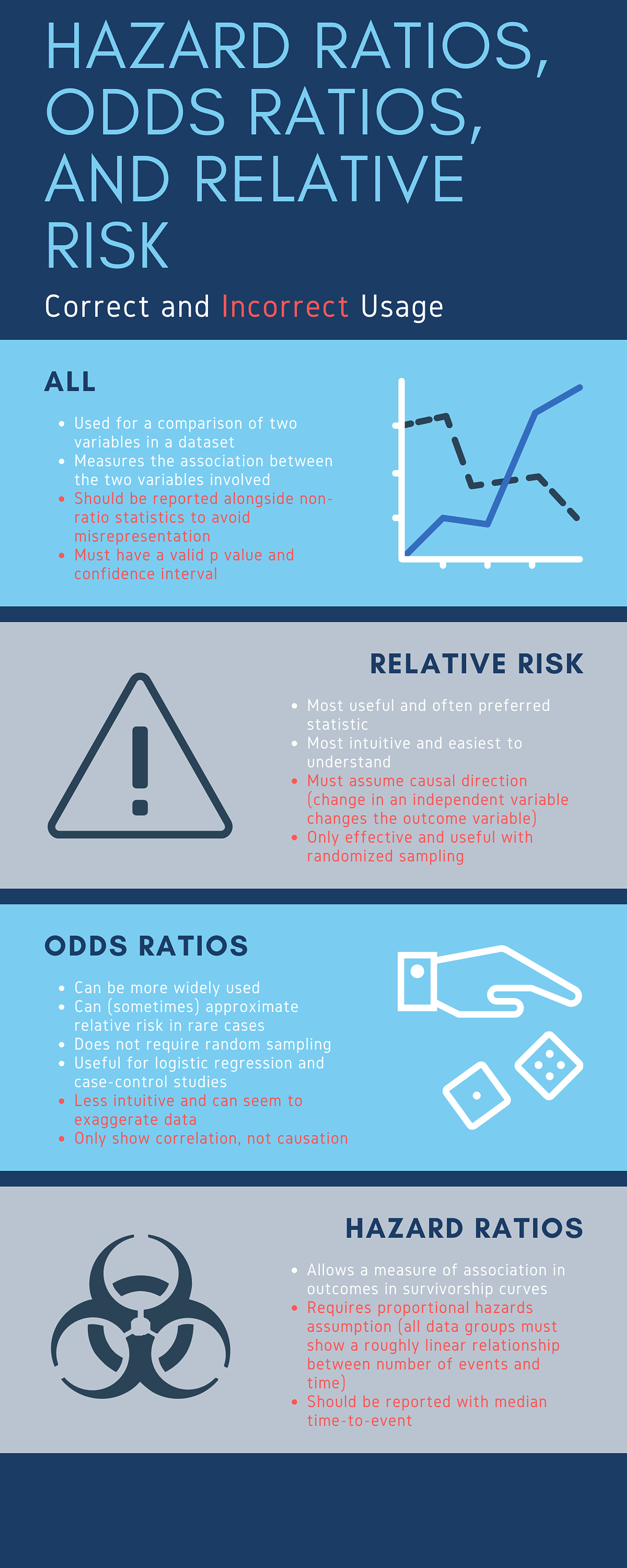


O Mdsd5gvdrn6m



4zvn5tnxi D16m



6sdl6jzpmbipnm



Gxkwcutiqmolgm



Tbivlooj58g3m
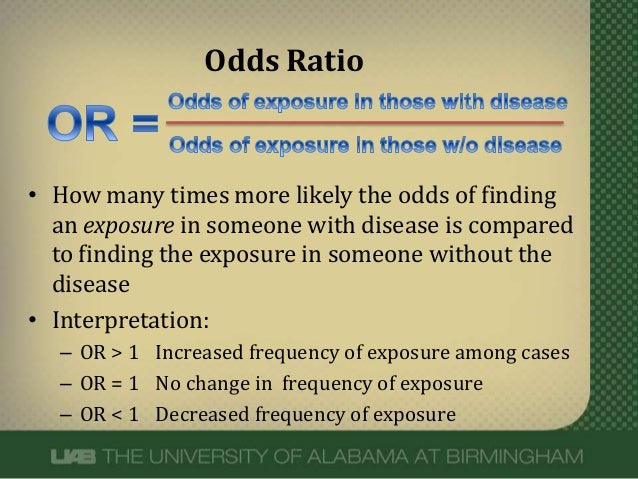


Ktzum1llj5ibvm
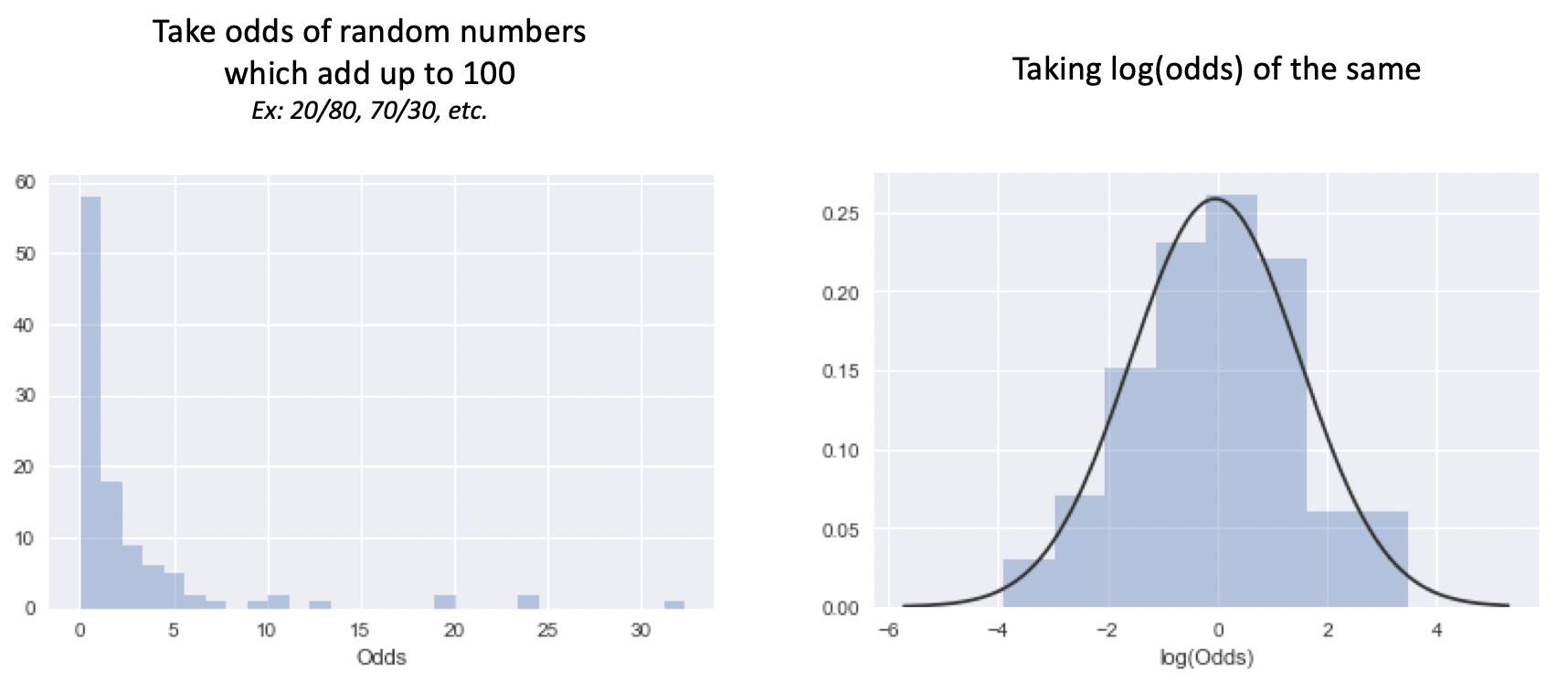


Svkc4v Trht 4m



V2ohwhhg2qcr8m



Acjhd3 Q0rrram



Ybbe4q Yvcyl7m
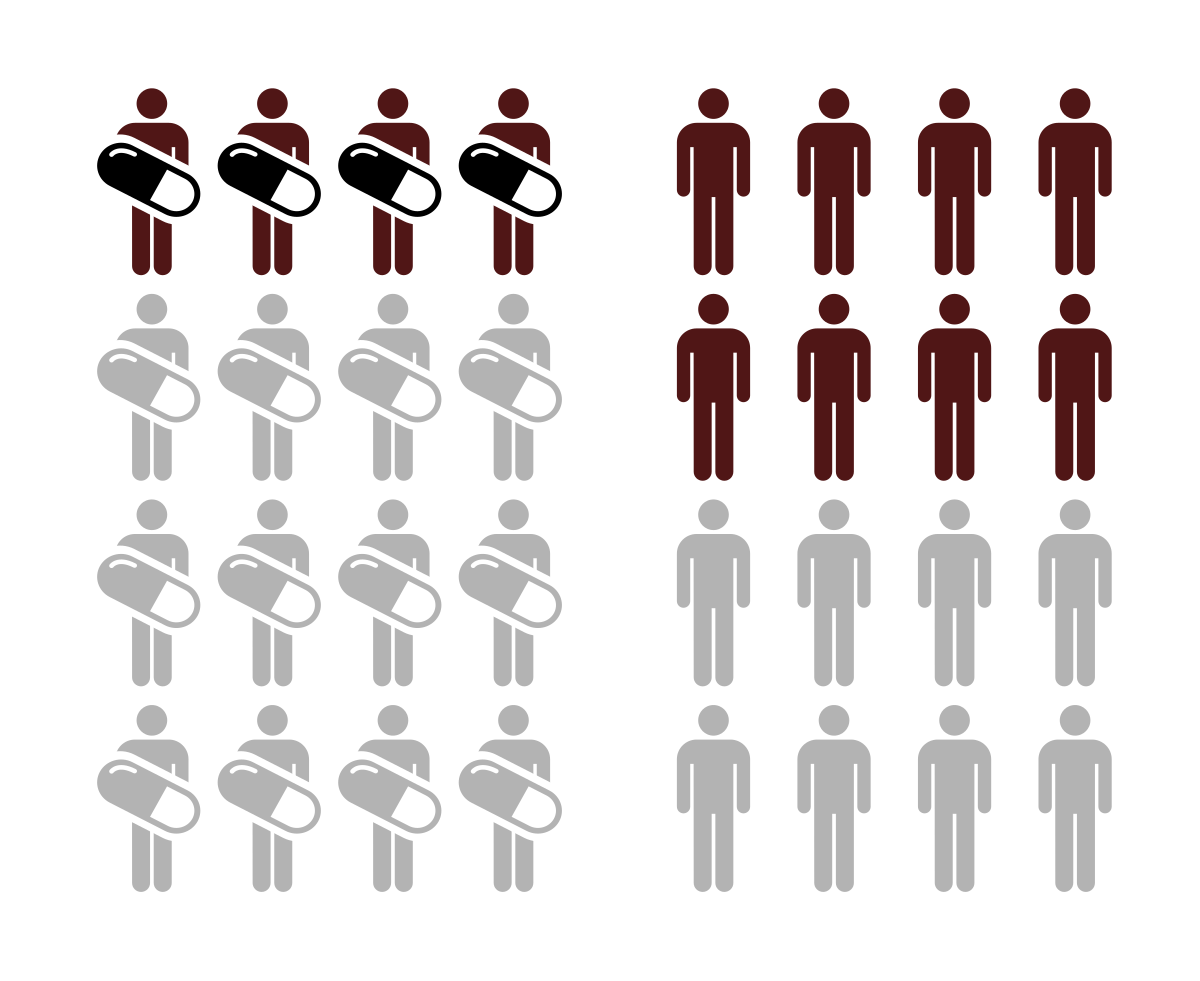


Hkzto9hkc3ymim


N0eyersvtkmgvm



C3yjrtpcgt1ppm



Uuqnbke2fl8epm



Er264uex0d3m
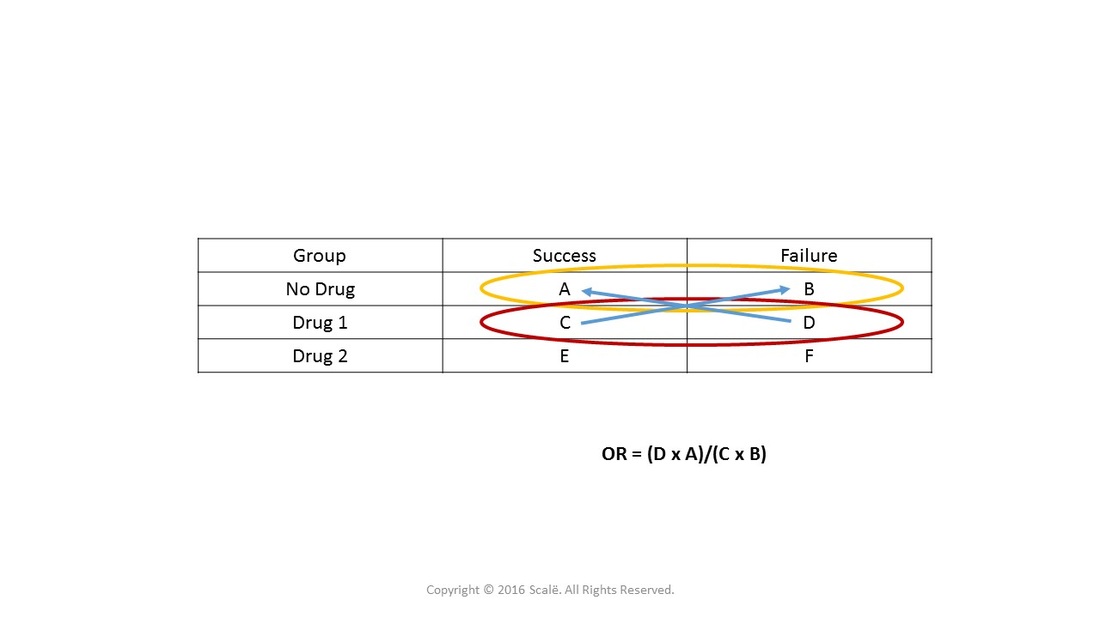


9dkwx57zd 2tum
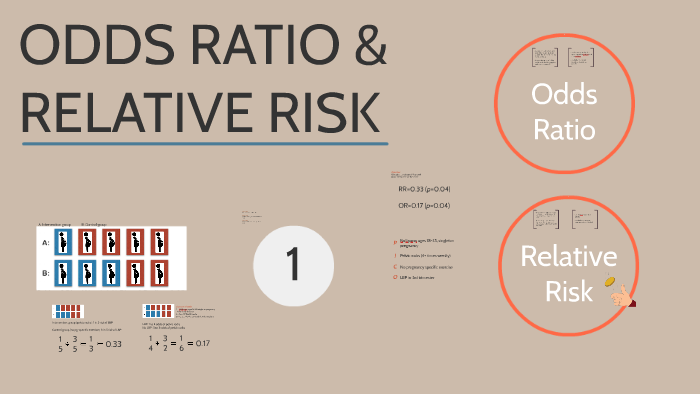


Zkiqa8futo0sqm
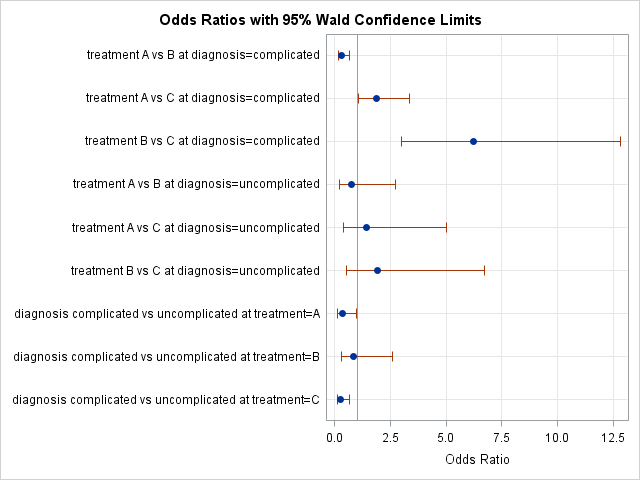


Lrdab0d0yvlxlm


K7fxs1yskiqlrm
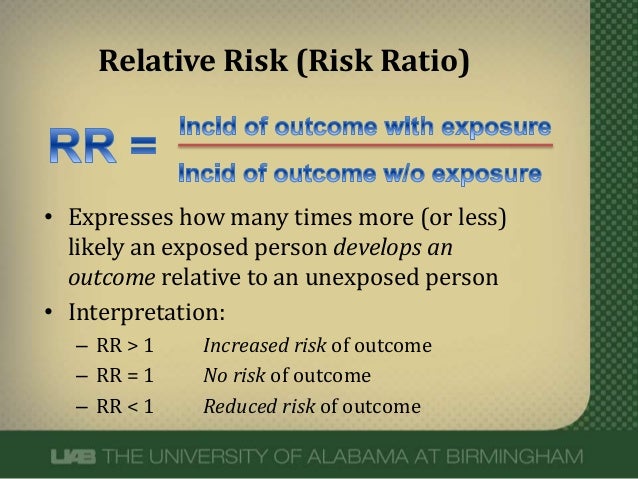


Ktzum1llj5ibvm



Koqqd9kibc1xcm



4cbgsevkrolmxm



N0eyersvtkmgvm
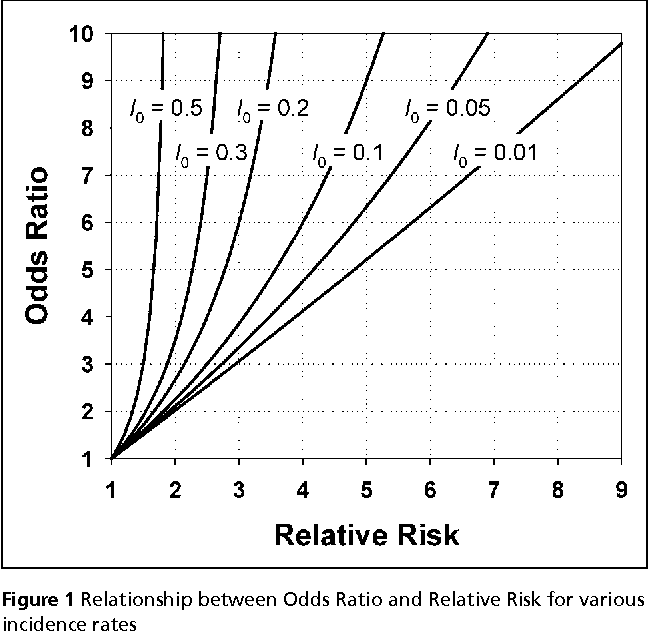


X Gx Xedzyzfmm



R7jp2gcqfsjwum
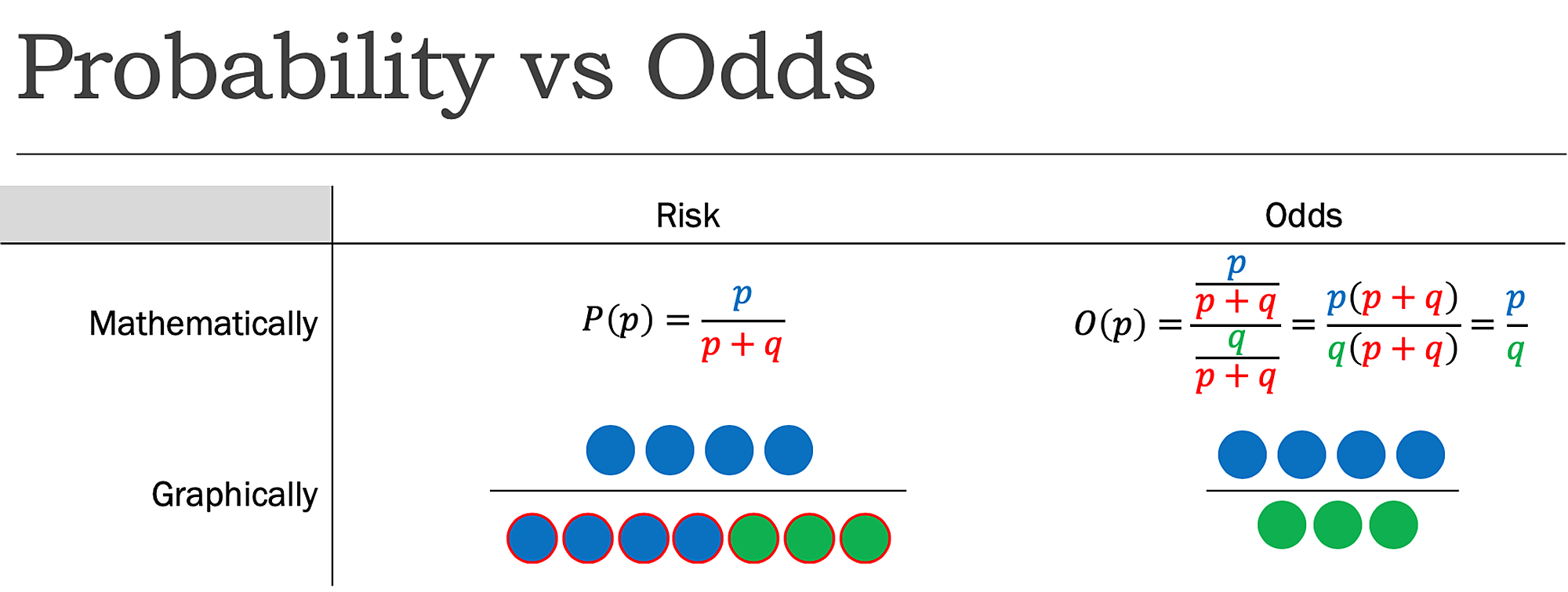


O Mdsd5gvdrn6m



Fqfbuhual2xvkm
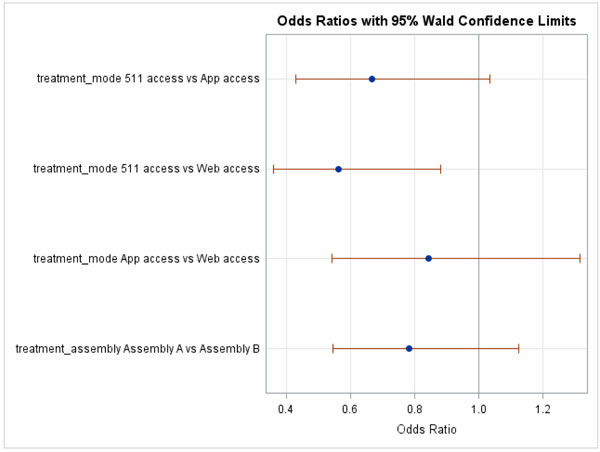


Rgfwv6j1rc2w4m
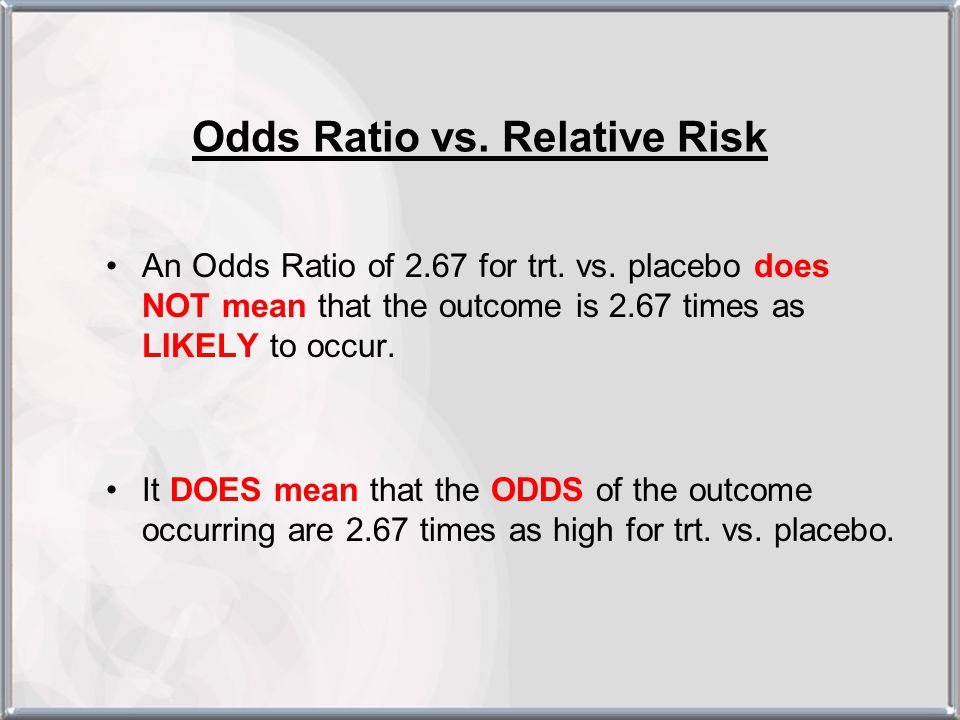


Pem 6ali0fhqum
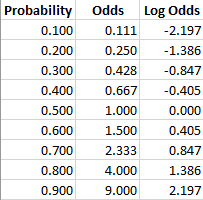


I3ukumef2gefnm
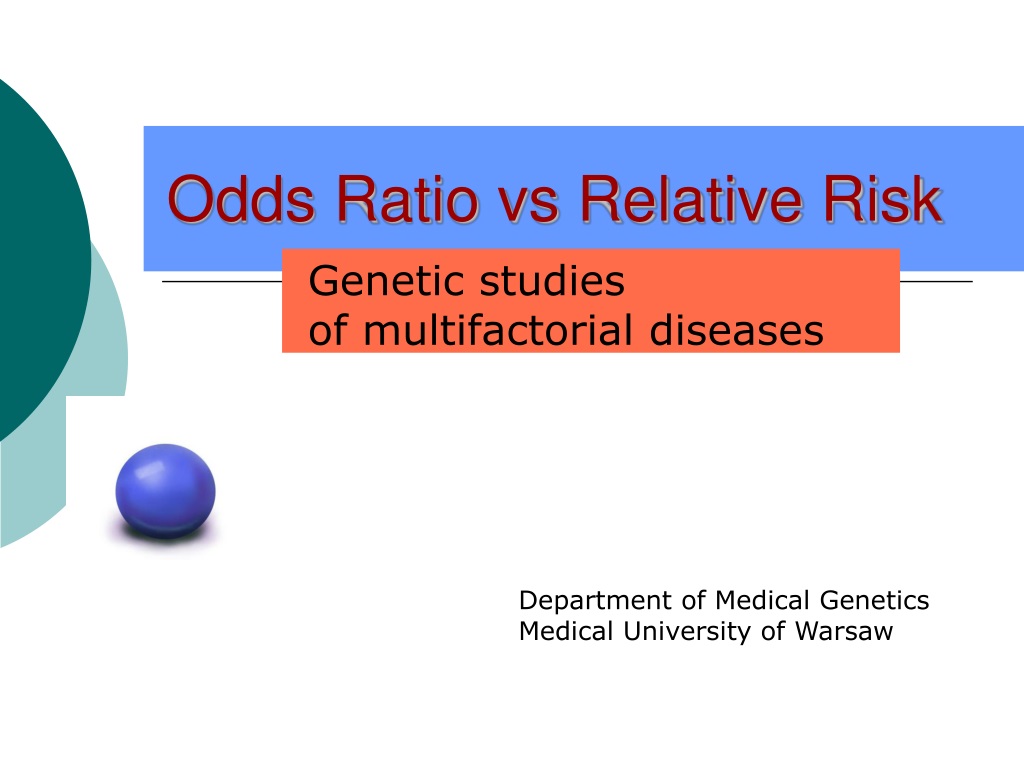


Cqtfiwo3t1tptm
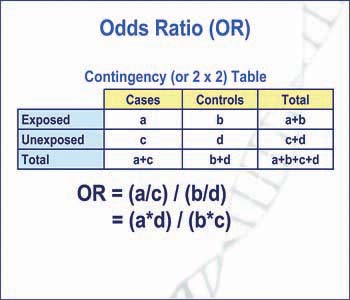


Wwpi9tsgdg6n2m



Nl8yrf8pjlferm



Gxkwcutiqmolgm



N0eyersvtkmgvm



Dff B2f6dfizum
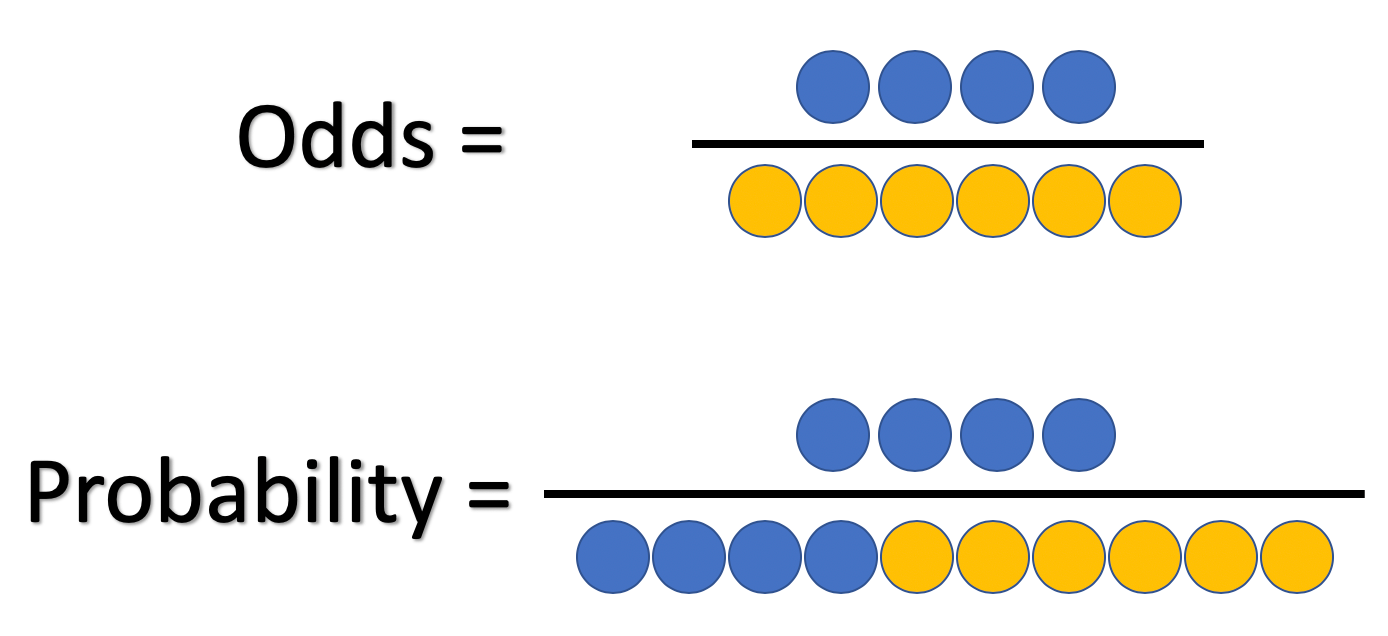


Svkc4v Trht 4m



Ip9ccl0q79sxbm


2lpsk0uxapncom
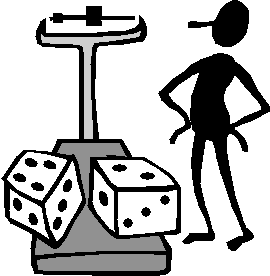


U9k17mtd1nsdhm
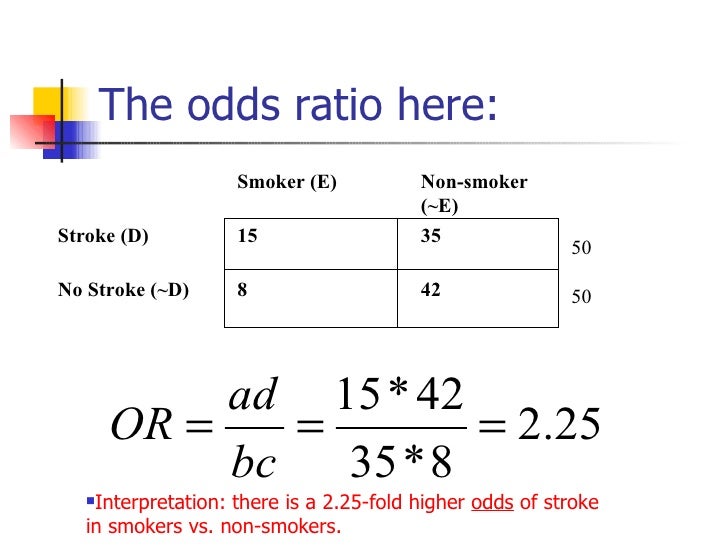


Yy9mbyzxyzxjdm
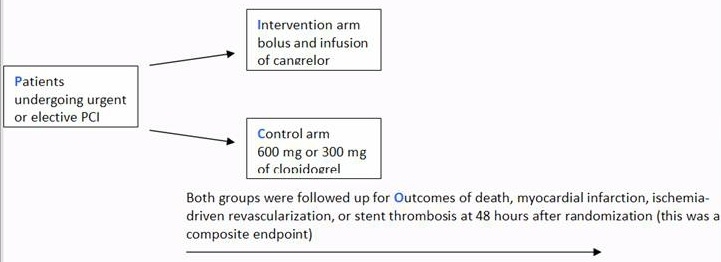


C3yjrtpcgt1ppm



Kc0eqyjwevqdzm



4wqybjcetl3eom



E7805m9w Rz7um



Svkc4v Trht 4m



Kf2osfdj Giufm



9famjspwasrbrm



4zvn5tnxi D16m
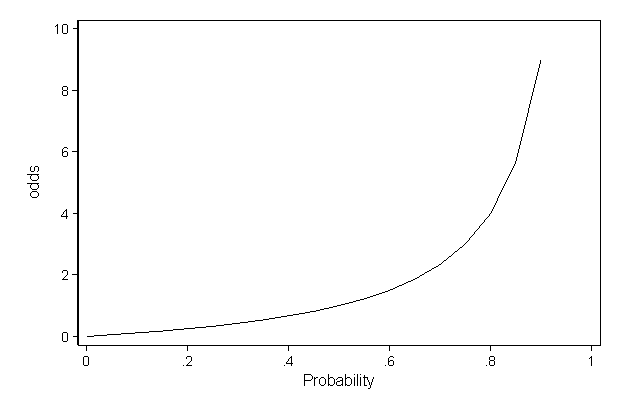


Lp8qcvivwy8svm



Bzs9vvgucu6qtm
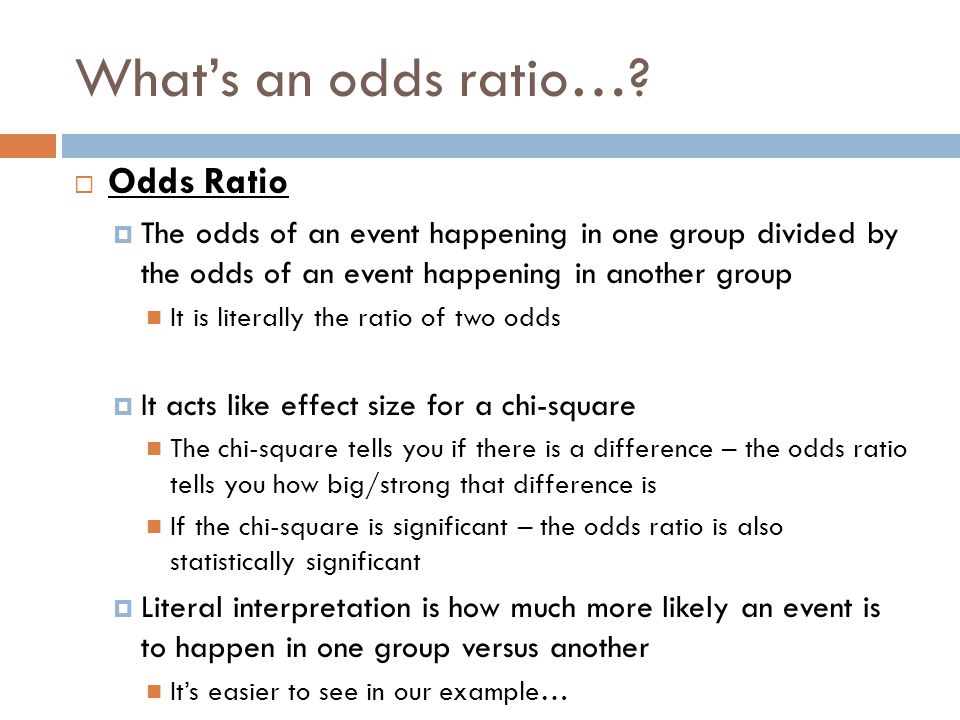


6aa6rlcxzwwddm


Gk0lijowjgk9fm



4ack9 Bqjwiv5m



7e76a68jdsi2jm
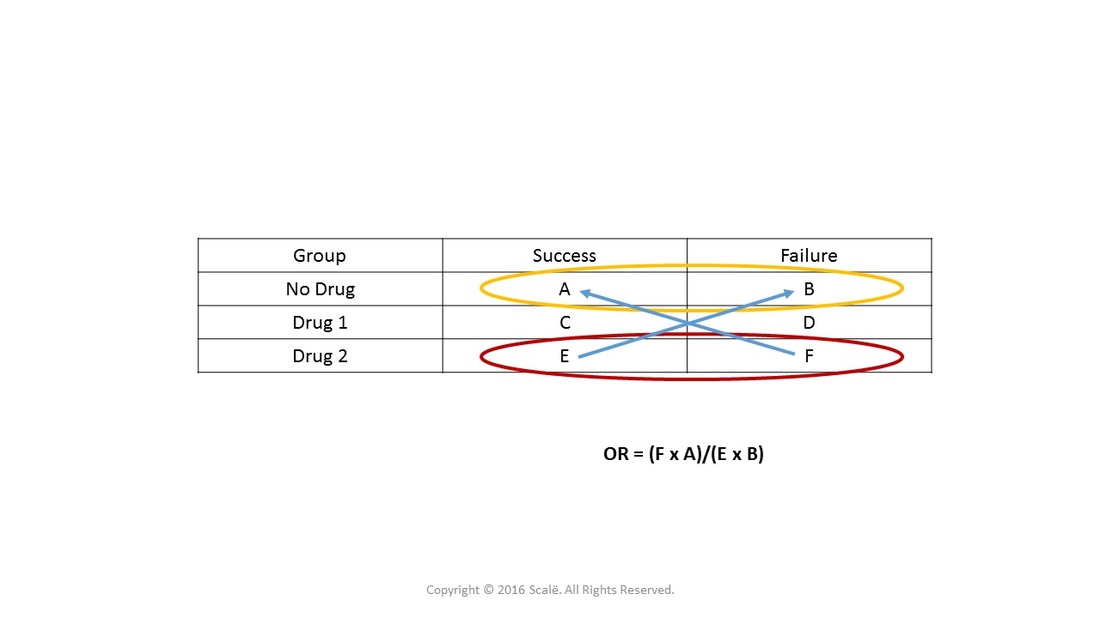


9dkwx57zd 2tum



Hpvzgjm7m Veim



Wgo8d9zs2ol5em



Lhbs4xk9ttsf8m



0 件のコメント:
コメントを投稿